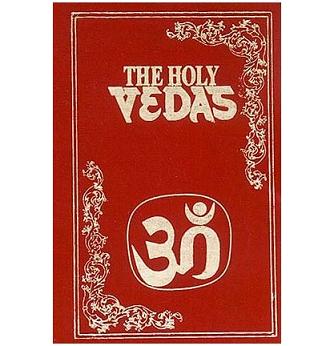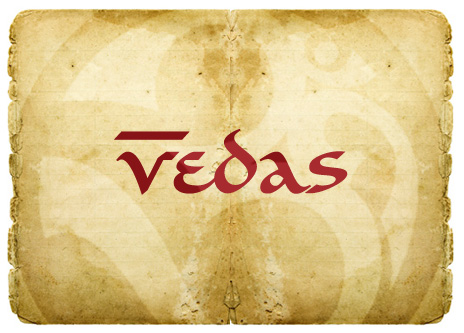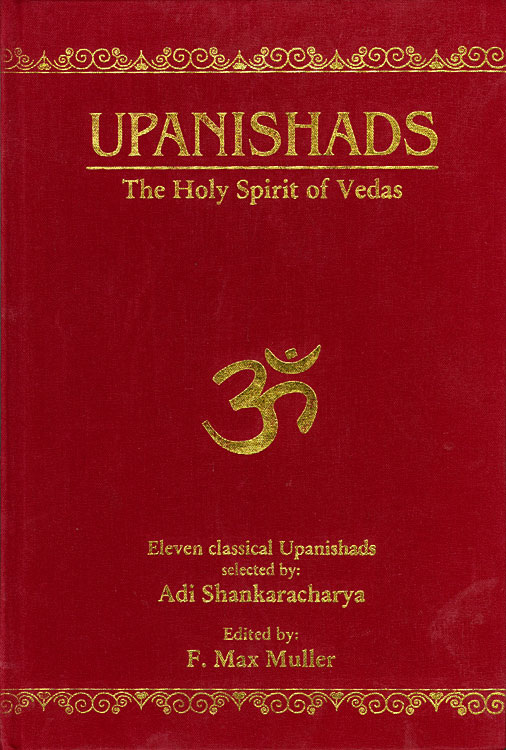Difference Between Upanishads and Vedas

Hinduism is considered to be one of the oldest living religions in the world as its roots are found to be around 5500 BCE in the early Harappan period. This religion is a combination of a philosophical and intellectual approach and urges followers to find out the purpose of their creation.
The philosophical and intellectual side of this religion can be seen in the scared collections of ancient scriptures. The most famous collections of these texts are known as Vedas. Hindus believe that these Vedas are revelations and they are not words of any human being.
Vedas are usually confused with Upanishads just because of the similarity in the subject matter. However, it is completely wrong as both are an entirely different set of scriptures. Technically speaking, Upanishads are basically parts of the Vedas.
Instructions
-
1
A Veda contains four parts Samhita, Brahmana, Aranyaka and Upanishad. The first three parts of Veda are called “Karma Kanda”. This term is the combination of two Sanskrit words. “Karma” means ritual so one can understand that the first three parts contains the directions about daily life.
However, Upanishad is known as “Jnana Kanda”. The word “Jnana” means knowledge and it clearly shows that the ending part of Veda has a higher intellectual capacity and it requires a certain mental level to understand.
Though, the above given explanation shows that the Upanishad is just a part of the Vedas but there are still few differences that make a distinction.
The Vedas are a collection of texts that address the ritualistic and philosophical aspects of life whereas Upanishads just contain philosophical thoughts. Moreover, Upanishad is just an ending part of the Vedas so it can be referred as an independent entity.
The major part of the Vedas teach followers how to live among others and how to perform various rituals but the subject matter of Upanishad is all about the highest knowledge. It talks about Atman and Brahman and elevates the intellectual capacity of the reader. The ending part of the Vedas guides an ordinary man to overcome his evil self and find the way to God.
Upanishads are very few in number but these Mukhya (principal) Upanishads laid the foundation of many Indian schools of philosophy. On the other hand, Vedic scriptures are countless and most of them address ordinary aspects of life.
Vedas
Vedas are a collection of ancient scriptures that deal with the ritualistic and philosophical aspects of life. These scriptures are organised under four canonical collections. First collection is Rigveda that comprises hymns to be recited by the priest.
Then comes the Yajurveda which contains verses to be narrated by chief priest. Third is Samaveda that comprises hymns to be sung and the fourth one is Atharvaveda which has several sacred hymns.

-
2
Upanishads
Upanishads are also referred to as “Vedanta”. In Sanskrit “Anta” means “The end” so one can easily find out that Upanishads are the closing parts of Vedas where knowledge and intellect are at the maximum level.








